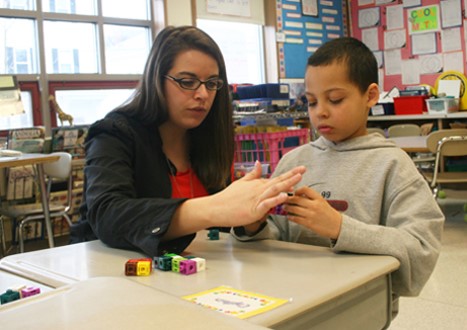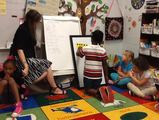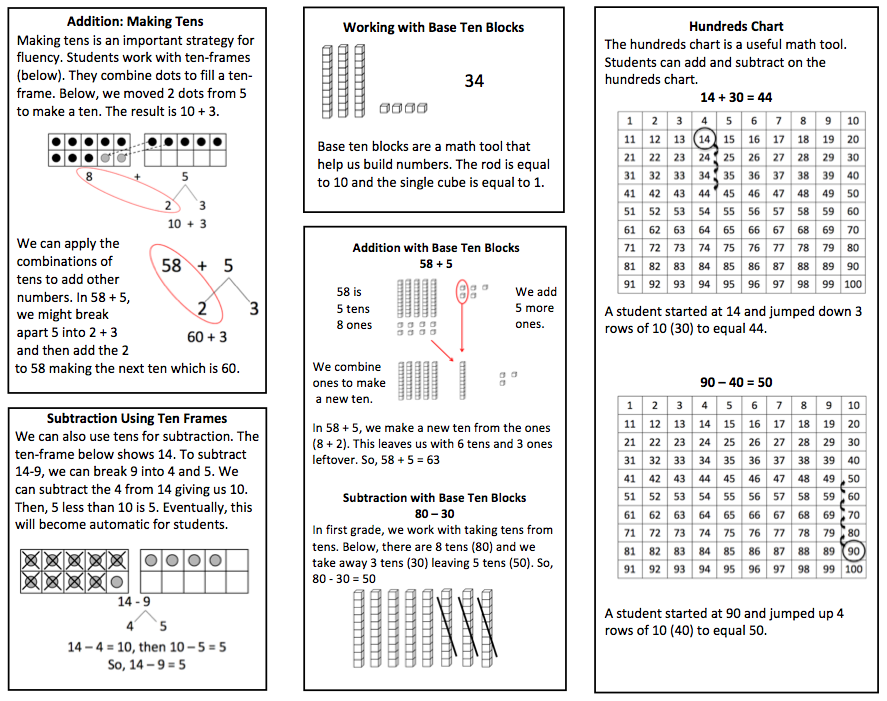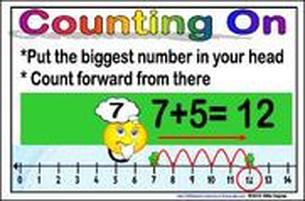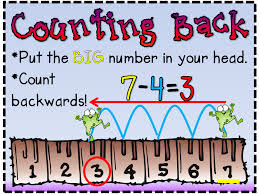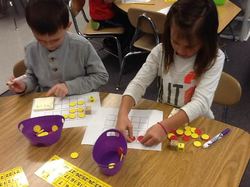
You can learn about what mathematical ideas your child is working on by exploring the resources found in each of the nine weeks below. You will find video clips, examples of student work and games/ activities to try at home!
First Grade Unpacking Document
Major Work Standards
Videos of First Grade Discussions
First Grade Parent Information from NCDPI
First Grade Unpacking Document
Major Work Standards
Videos of First Grade Discussions
First Grade Parent Information from NCDPI
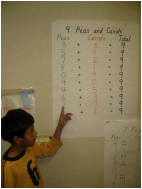
First Quarter
During the first nine weeks, your first graders will be counting and comparing quantities and extending the counting sequence beyond 100. They will work on decomposing and composing numbers ( 9 is made up of a 5 and 4 or a 6 and 3). Your first graders will continue working with addition and subtraction situations within 20 that involve joining and separating but also with part/part/ whole situations where they will need to find the all the two-addend combinations of a number. First graders move from counting all to solve an addition problem to counting on. Video of students using ten frames How Many of Each Problems Counting Forward and Back Sample Dialogue About Missing Addends Learning the Parts of Numbers Books to Read Emeka's Gift 12 Ways to Get to 11 Games Ten Frame Game How Many Am I Hiding Game Collect 20 Game Collect 20 Directions Twenty Frame Dot Cards Set A Set B Dot Addition Game Dot Addition Cards Word Problem Type Chart Examples of Counting All and Counting On |
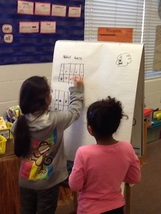
Second Quarter During the second nine weeks, your first graders will be observing, describing, and comparing 2-D shapes and composing and decomposing 2-D shapes. As they work with materials, students learn about the characteristics of a variety of 2-D shapes and the relationships among the shapes. Important fundamental work with fractions will occur during this nine weeks as students divide rectangles and circles into two or four equal shares. Fraction notation is not introduced until third grade as students work to develop the language of equal shares (half of /fourth of) in first and second grade. During this time, first grade students work with measurement concepts during this quarter. They will develop an understanding of length as a measurement determined by laying multiple copies of a shorter unit (iteration). As students develop a sense of linear measurement, they are building a foundation of skills for accurate linear measurement using nonstandard and standard units . They will work with telling and writing time in hours and half-hours using analog and digital clocks. Videos of Students Discussing Strategies for Solving Problems Books to Read |
Solution Strategies


